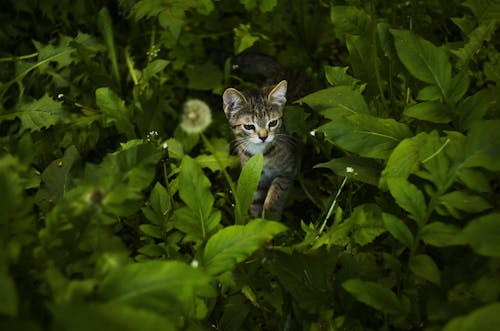Introduction:
Embracing a sustainable lifestyle isn’t just about reducing our carbon footprint or opting for eco-friendly products. It’s also about extending these principles to every aspect of our lives, including our furry, feathered, or scaly companions. As we strive to minimize our impact on the planet, integrating sustainable practices into pet care becomes imperative. In this article, we’ll explore the concept of “green pets” and how fostering environmentally friendly habits with our animal friends can contribute to a happier, healthier planet.
Choosing Eco-Friendly Pets:
The journey to sustainable pet ownership begins with the choice of the pet itself. While all animals can bring joy and companionship, some species have a lower environmental impact than others. Opting for smaller pets like hamsters, guinea pigs, or birds can be more sustainable than larger animals such as dogs or cats, as they consume fewer resources and produce less waste. Additionally, adopting pets from shelters or rescue organizations promotes sustainability by giving animals a second chance at a loving home.
Nutrition and Diet:
Just like humans, pets’ diets significantly impact their environmental footprint. Opting for sustainably sourced pet food made from ethically raised or organic ingredients can reduce the ecological impact of their diet. Look for brands that use locally sourced ingredients to minimize transportation emissions and prioritize packaging made from recyclable or biodegradable materials. Alternatively, consider preparing homemade pet food using organic ingredients, which allows for better control over the sourcing and quality of ingredients.
Reducing Waste:
Managing pet waste is a significant challenge for environmentally conscious pet owners. Traditional plastic-based litter and waste disposal methods contribute to landfill pollution and greenhouse gas emissions. Switching to biodegradable or compostable litter options made from materials like bamboo, recycled paper, or wood pellets can significantly reduce the environmental impact of pet waste. Additionally, composting pet waste in a dedicated compost bin can transform it into nutrient-rich fertilizer for non-edible plants, closing the loop on waste management.
Minimalist Pet Accessories:
While it’s tempting to indulge our pets with an array of toys, accessories, and gadgets, it’s essential to prioritize quality over quantity to minimize environmental impact. Choose durable, long-lasting accessories made from sustainable materials like bamboo, hemp, or recycled plastic. Invest in multipurpose items that serve multiple functions to reduce clutter and minimize resource consumption. When it’s time to replace old accessories, consider donating or recycling them instead of sending them to the landfill.
Read More: Pawsitive Impact: Eco-Friendly Products and Practices for Pet Owners
Natural Grooming and Healthcare:
Conventional grooming and healthcare products for pets often contain harsh chemicals that can harm both animals and the environment. Opt for natural, biodegradable grooming products made from organic ingredients to keep your pet clean and healthy without compromising the planet’s well-being. Additionally, explore alternative healthcare options such as herbal remedies or acupuncture to minimize reliance on pharmaceuticals and reduce the environmental impact of conventional veterinary care.
Energy Efficiency:
Creating a pet-friendly home that prioritizes energy efficiency can further reduce your environmental footprint. Choose energy-efficient appliances and lighting fixtures to minimize electricity consumption and lower your carbon emissions. Utilize smart thermostats and programmable timers to regulate indoor temperatures efficiently, reducing energy waste when you’re away from home. Incorporate renewable energy sources like solar panels to power your home and offset the energy consumption associated with pet care.
Outdoor Activities and Exploration:
Spending time outdoors with your pet not only strengthens your bond but also fosters a deeper connection with nature. Explore local parks, nature reserves, and hiking trails together to appreciate the beauty of the natural world and instill a sense of environmental stewardship in your pet. Practice responsible outdoor etiquette by adhering to leash laws, cleaning up after your pet, and respecting wildlife and their habitats. Engage in eco-friendly activities like planting trees, picking up litter, or participating in community clean-up events to give back to the environment.
Conclusion:
Incorporating sustainable practices into pet care is not only beneficial for the planet but also enriching for our animal companions’ well-being. By making mindful choices regarding pet selection, nutrition, waste management, accessories, grooming, energy usage, and outdoor activities, we can minimize our environmental impact while providing a happy and healthy life for our pets. Together, we can pave the way for a greener future where pets and people thrive in harmony with the planet.







